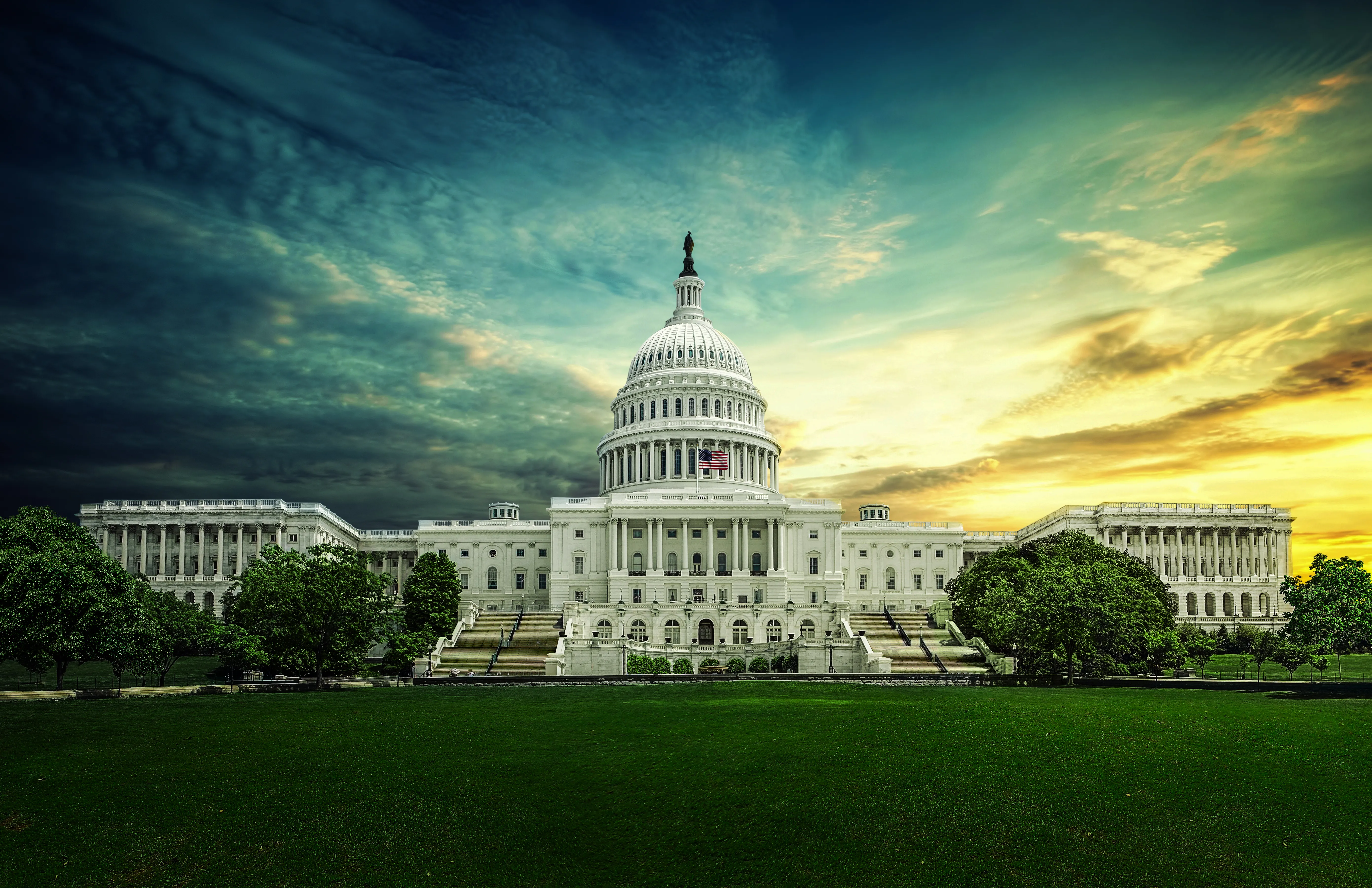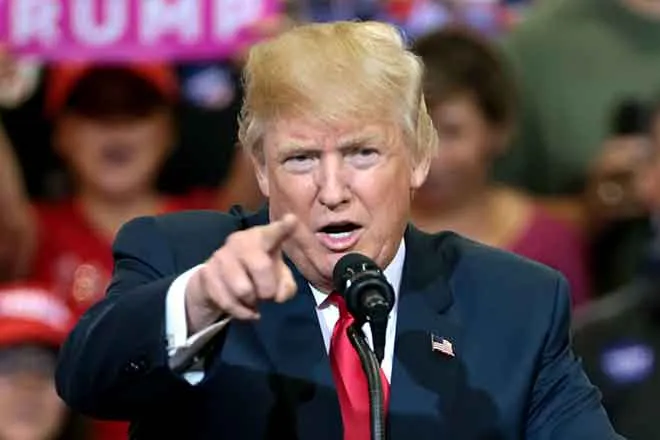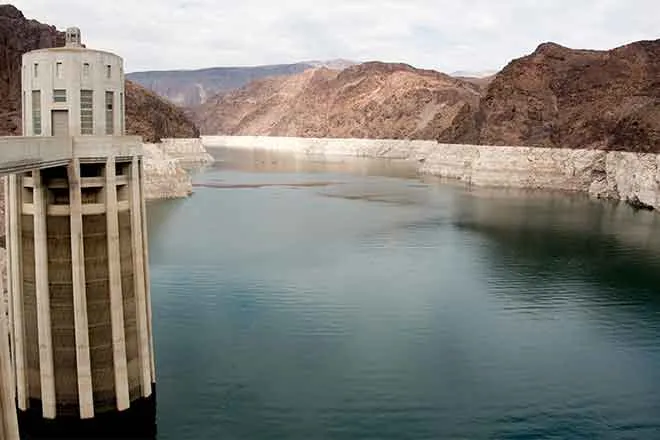
Former Fed official warns of imminent risk to stability of global financial system
(The Center Square) – Former Federal Reserve official Donald Kohn sounded the alarm about what he characterized as an imminent global financial crisis during a recent symposium on economic policy.
“Dealing with risks to the financial stability is urgent,” he said during the annual Jackson Hole Economic Policy Symposium last week, according to MarketWatch. “The current situation is replete with … unusually large risks of the unexpected, which, if they come to pass, could result in the financial system amplifying shocks, putting the economy at risk.”
Kohn, the former Federal Reserve vice chair of financial supervision, also pointed to a recent Federal Reserve committee meeting in which members expressed concerns about “notable” vulnerabilities in the U.S. financial system.
Federal Reserve Chairman Jerome Powell and other leaders have downplayed concerns, instead insisting that inflation will drop down to 2% once the economy returns to levels pre-state shutdown levels, despite thousands of businesses having permanently closed and many employers reporting widespread labor shortages.
Other economists don’t agree with Powell, warning about the risks of high inflation and stagflation resulting from federal policies.
Earlier this year, Peter Morici, economist and emeritus business professor at the University of Maryland, warned that Powell is enabling policies that are igniting “the kind of inflation that followed the Vietnam War.” On top of Congress’ spending, the Federal Reserve is “keeping interest rates at depression levels and printing money to purchase about $1.4 trillion in government and mortgage-backed securities this year,” he argued.
The Federal Reserve maintains that it does not "print money." Instead, it states that the “global demand for Treasury securities has remained strong, and the Treasury has been able to finance large deficits without difficulty.”
It added that the Fed’s purchases of Treasury securities does not involve printing money, but its “increase in the Federal Reserve's holdings of Treasury securities is matched by a corresponding increase in reserve balances held by the banking system. The banking system must hold the quantity of reserve balances that the Federal Reserve creates.”
Despite the Fed's claims, economist Nouriel Roubini has also been warning for months that federal economic policies would enable stagflation and sluggish economic growth.
“Years of ultra-loose fiscal and monetary polices have put the global economy on track for a slow-motion train wreck in the coming years. When the crash comes, the stagflation of the 1970s will be combined with the spiraling debt crisis of the post-2008 era, leaving major central banks in an impossible position,” he recently argued.
Stagflation occurs when high inflation happens over a period of stagnant economic growth and high unemployment. Inflation measures how much prices change from one year to the next. The Federal Reserve’s target rate of inflation is 2%.
The current annual inflation for 12 months ending July 2021 is 5.4%. The inflation rate over a period of five years was 10.13%, Stat Bureau noted. Over 10 years it was 18.84%.
With increased inflation comes increased prices. According to the Consumer Price Index, food prices increased 3.4% over the last 12 months, food at home prices increased by 2.6%, including a 5.9% increase in prices for meat, poultry, fish and eggs, the Bureau of Labor Statistics reported. Food away from home increased by 4.6%.
The national unemployment rate in July was 5.4%, the lowest level since March 2020.
Real gross domestic product increased at an annual rate of 6.6% in the second quarter of 2021, “reflecting the continued economic recovery,” the Bureau of Economic Analysis reported. It increased by 6.3% in the first quarter of 2021.

















